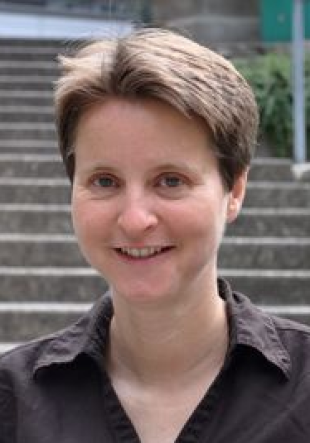SFB 614: Self-Optimizing Concepts and Structures in Mechanical Engineering
Overview
Information technology is increasingly penetrating the field of conventional mechanical engineering, and this offers considerable potential for innovation. This is expressed in the term "mechatronics", which was itself formed by conjoining "mechanics" and "electronics". It describes the close interaction between mechanical science, electronics, control engineering, and software. Future systems in the area of mechanical engineering will comprise configurations of intelligent system elements. The communication and cooperation between intelligent system elements characterize the behavior of the overall system. In terms of software engineering, this involves distributed systems of interacting agents which opens up fascinating prospects for the design of future mechanical engineering products. The concept of self-optimization characterizes this perspective: Self-optimization enables empowered systems with inherent "intelligence" which are able to react autonomously and flexibly to changing environmental conditions. To realize the vision of mechanical engineering products that contain partial intelligence a toolset for designing self-optimizing systems is needed. This is the deciding factor in leveraging future research results, because only a well-documented and well-tested toolkit can help the industry successfully develop self-optimizing systems. Consequently the subsequent goals and research programs can be identified:
-- Fundamentals and potentials of self-optimization. Scientific penetration of the paradigm of self-optimization in an engineering context.
-- Design methods and toolsets. Establishing the methodological and tool requirements for the development of innovative systems that rely on the paradigm of self-optimization.
-- Implementation methods. Realization of self-optimization on the levels of hardware, system-software and controller-software.
-- Self-optimizing products and systems. Design and prototypical realization of new modules, products and systems in order to validate above mentioned methods and toolsets and to bring forward product innovation.
For demonstration purposes the "Neue Bahntechnik Paderborn" (Innovative Railway System Paderborn) project offers a powerful research infrastructure.
Key Facts
- Research profile area:
- Intelligent Technical Systems
- Project type:
- Research
- Project duration:
- 01/2002 - 12/2013
- Funded by:
- DFG
- Subprojects:
-
- SFB 614 - Development and Application of Methods for Multiobjective Optimization and Optimal Control and for the Computation of Dynamical Behavior of Hybrid Systems (Subproject A01)
- SFB 614 - Self-optimising HiL test bench for testing engine control units (subproject T03)
- SFB 614 - Realisierung hierarchischer, selbstoptimierender, verhaltensbasierter Reglersysteme (Teilprojekt C03)
- SFB 614 - Entwurf und Validierung selbstoptimierender elektrischer Antriebe, Energiespeicher und Aktorgruppen (Teilprojekt D01)
- SFB 614 - Entwicklung und Implementierung von Verfahren zur Selbstoptimierung auf Gesamtsystemebene in den Bereichen Energiemanagement, Fahrdynamikregelung und Verlässlichkeit (Teilprojekt D02)
- Websites:
-
Homepage
DFG-Datenbank gepris













